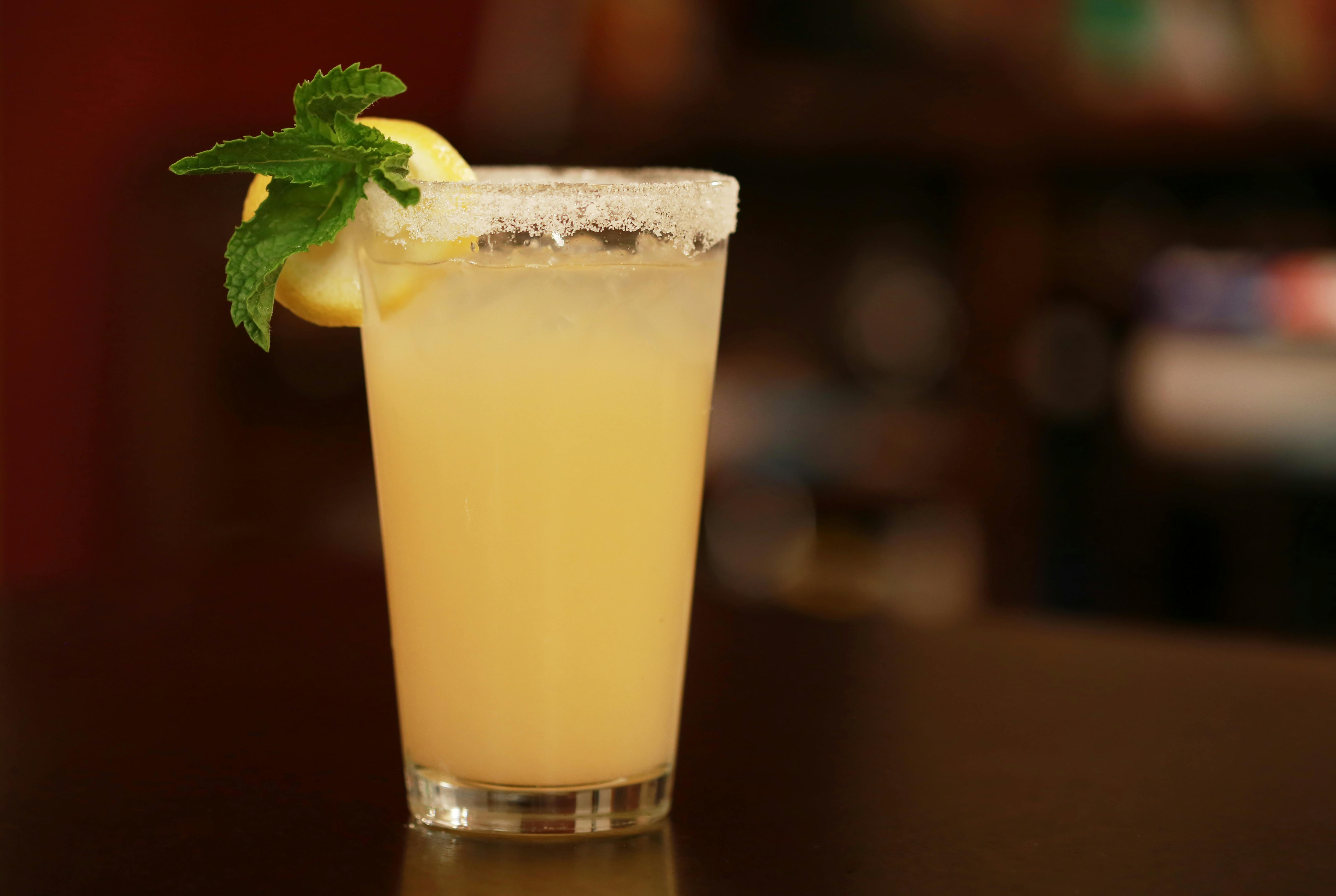Tequila is a popular alcoholic beverage made from the blue agave plant, which is native to Mexico. It has been around for centuries and has become a quintessential part of Mexican culture. But what is the production process behind this beloved drink? Is tequila distilled or fermented? Let’s take a closer look at how tequila is made and find out!Tequila is an alcoholic beverage made from the blue agave plant, primarily in the area surrounding the city of Tequila, 65 km northwest of Guadalajara, and in the highlands (Los Altos) of the western Mexican state of Jalisco. Tequila is a distilled spirit made from fermented sugars that are extracted from the heart of the agave plant. It has a distinct flavor and can be enjoyed straight or as part of a mixed drink.
What Is Distillation?
Distillation is a process of separating the components or substances from a liquid mixture by using selective boiling and condensation. It is used to purify liquids, separate mixtures to their individual components, and create concentrated forms of liquids. Distillation can also be used to reduce the volume of a liquid while still maintaining its composition. During distillation, a mixture is heated until it turns into vapor. The vapor then travels through a tube where it condenses back into liquid form. The resulting liquid contains different proportions of the original components depending on their boiling points. This process is repeated until the desired result is achieved.
Distillation has been used for centuries in chemical laboratories and industrial processes for various purposes such as extracting essential oils from plants, purifying alcohol, and producing distilled water. It can also be used to separate oil from water or other mixtures containing two or more miscible liquids with different boiling points. In addition, distillation can be used to reduce the amount of volatile impurities in a solution by removing them as vapors and condensing them back into liquid form.
How Is Tequila Produced?
Tequila is a Mexican spirit made from the agave plant and is produced in several regions of Mexico. The production of tequila involves harvesting the agave plant, crushing the heart of the agave, fermenting the juice, distilling it and then aging it in oak barrels.
The process is very labour-intensive and begins with harvesting the mature agave plants when they are 8 to 12 years old. The leaves of the plant are cut off, leaving only the heart or ‘piña’ of the plant which is then transported to a facility where it will be cooked and mashed.
The piñas are cooked in an oven or autoclave and then mashed in a mill to extract the juice which will be fermented. The juice is then collected and transferred into fermentation tanks where yeast is added to begin the fermentation process. This process can take anywhere from 3 to 7 days depending on various factors such as temperature etc.
Once fermentation is complete, tequila is distilled twice in copper pot stills or stainless steel column stills to remove impurities and increase alcohol content. The result of this dist
Distillation vs Fermentation
Distillation and fermentation are two processes that are often confused with one another due to their similarities. While both processes involve the manipulation of liquids, the end products of distillation and fermentation are very different. Distillation is a physical process in which impure liquids are heated to create a vapor that is then condensed back into a liquid. This results in a much more pure form of the original liquid. Fermentation, on the other hand, is a biological process where sugars and starches are converted into alcohol or acids, through the action of yeast or bacteria.
The main difference between distillation and fermentation is the end product. Distillation produces pure liquids, while fermentation produces alcohol or acids. Distilled products typically have no taste or odor, while fermented products usually have an alcoholic aroma and taste. Additionally, distillation can be used to produce essential oils and other compounds that cannot be produced through fermentation.
Another key difference between distillation and fermentation is the amount of time required for each process. Fermentation generally takes much longer than distillation does since it involves bacteria or yeast breaking down complex molecules into
How Is Tequila Distilled?
Tequila is a distilled alcoholic beverage made from the blue agave plant, primarily in the area surrounding the city of Tequila, 65 km northwest of Guadalajara, and in the highlands of the western Mexican state of Jalisco. To make tequila, producers harvest mature agave plants from the field and remove their leaves to reveal the hearts, or piñas, which are then baked in ovens or autoclaves and mashed to extract their juices. The juice is then fermented with yeast in stainless steel tanks before it is double-distilled in copper stills. The result is a clear liquid that may be aged in oak barrels for up to three years to add complexity and flavor. The aging process can also affect its color, sometimes resulting in a golden hue. The final product is then bottled and labeled as tequila.

What Happens After Tequila Distillation?
After distillation, tequila is ready to be bottled and enjoyed. However, the process doesn’t end here. Depending on the type of tequila being produced, more steps may need to be taken before the product is ready for consumption. After distillation, some tequilas may require further aging in oak barrels or other containers. This aging process can last anywhere from a few weeks to several years and helps to give the tequila its unique flavor and aroma.
Once aging is complete, the tequila may be blended with other tequilas or liquors to create unique flavors and aromas. This mixing process helps to give each brand of tequila its own signature taste. In some cases, additional distillation may take place during this step as well.
Finally, before it is ready for bottling and sale, the tequila must undergo a quality control inspection. During this process, samples are taken from different batches of distilled spirits and put through a series of tests designed to ensure that they meet all necessary safety and quality standards. Once approved, the product is ready to be bottled and shipped out for
How Is Tequila Fermented?
Tequila is made from the blue agave plant, an endemic species of the highlands of Mexico. The agave is harvested, cooked, and mashed to release the sugars that will be fermented and distilled into tequila. The sugars are extracted from the cooked agave by crushing it in a mill. The extracted juice is then fermented with yeast in order to convert it into alcohol. After a few days of fermentation, the liquid is distilled twice to produce tequila. The first distillation produces an alcoholic beverage called ‘ordinario’, while the second distillation produces what is known as ‘silver’ or ‘blanco’ tequila. Aged tequilas undergo a third distillation process in oak barrels for several months or years before being bottled and sold.
The fermentation process of tequila can be done in two ways – either naturally with wild airborne yeasts or with cultured yeasts used in traditional winemaking techniques. Natural fermentation takes around 10 days where the sugar converts into alcohol with no added yeast or nutrients. On the other hand, cultured yeasts typically reduce fermentation time to around three days and can
Distillation
Once the tequila has been fermented, it is then distilled. Distillation is a process that heats up the fermented liquid and separates it into different components based on their boiling point. The resulting distilled liquid is referred to as tequila blanco, which is the base of all tequilas. This blanco can be bottled up and sold immediately or further aged in oak barrels to create different varieties of tequila.
Aging
Aging is an optional step in the production of tequila and depends on the desired final product. Tequilas can be aged for a short period of time in stainless steel tanks or for a longer period of time in oak barrels. The aging process imparts flavor and color to the tequila, resulting in different varieties such as Reposado, Añejo, and Extra Añejo.
Bottling
Once the desired aging process has been achieved, the tequila is then filtered and bottled. Bottles are labeled according to type (blanco, reposado, etc.), brand, country of origin, alcohol content

Conclusion
Tequila is an alcoholic beverage created from the agave plant, and it can be either distilled or fermented. The traditional method of tequila production involves fermentation and distillation, while the modern method uses only distillation. It is important to understand the difference between distillation and fermentation as it can have a major impact on the flavor of your tequila. Distilled tequila tends to have a smoother taste, while fermented tequila has a bolder flavor. Regardless of which process is used, both methods result in a delicious beverage that has become popular around the world.
In conclusion, tequila can be either distilled or fermented depending on the production method used. Distilling produces a smooth-tasting spirit while fermentation yields a bolder flavor. Ultimately, it comes down to personal preference when deciding which to choose. Whether you opt for distilled or fermented tequila, you’ll be sure to enjoy its unique flavor!

